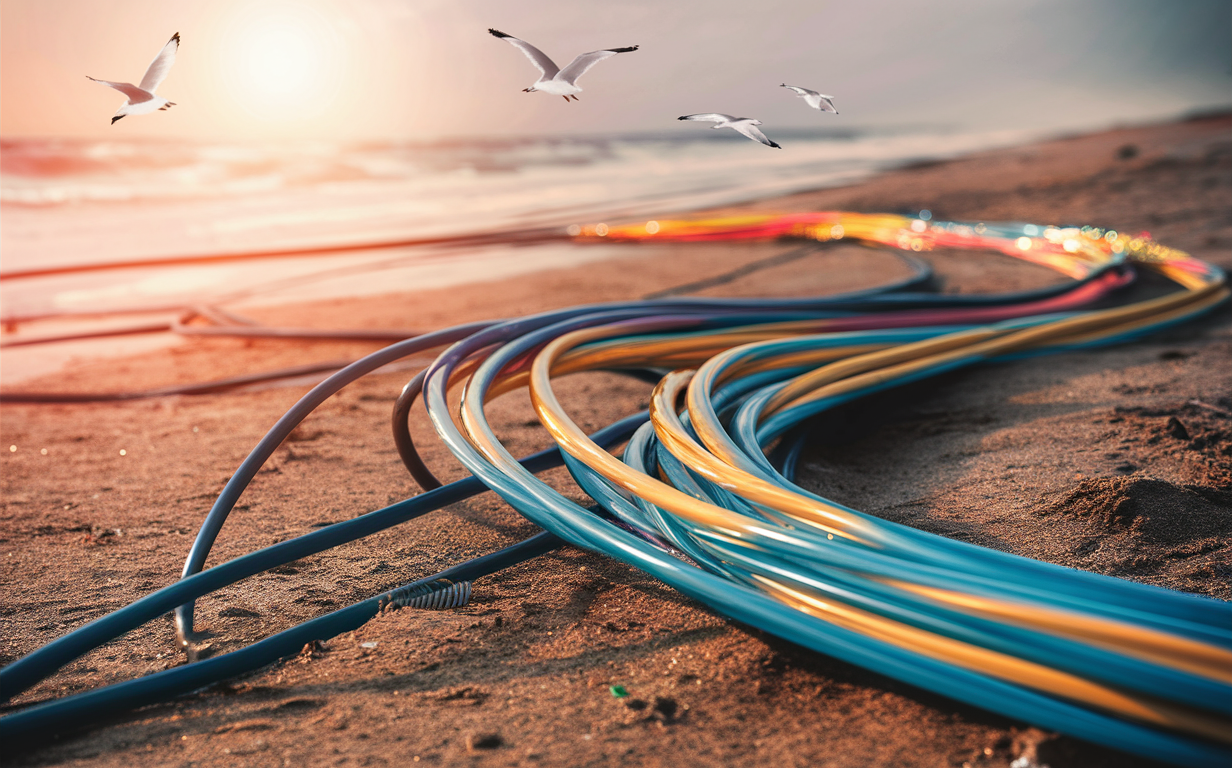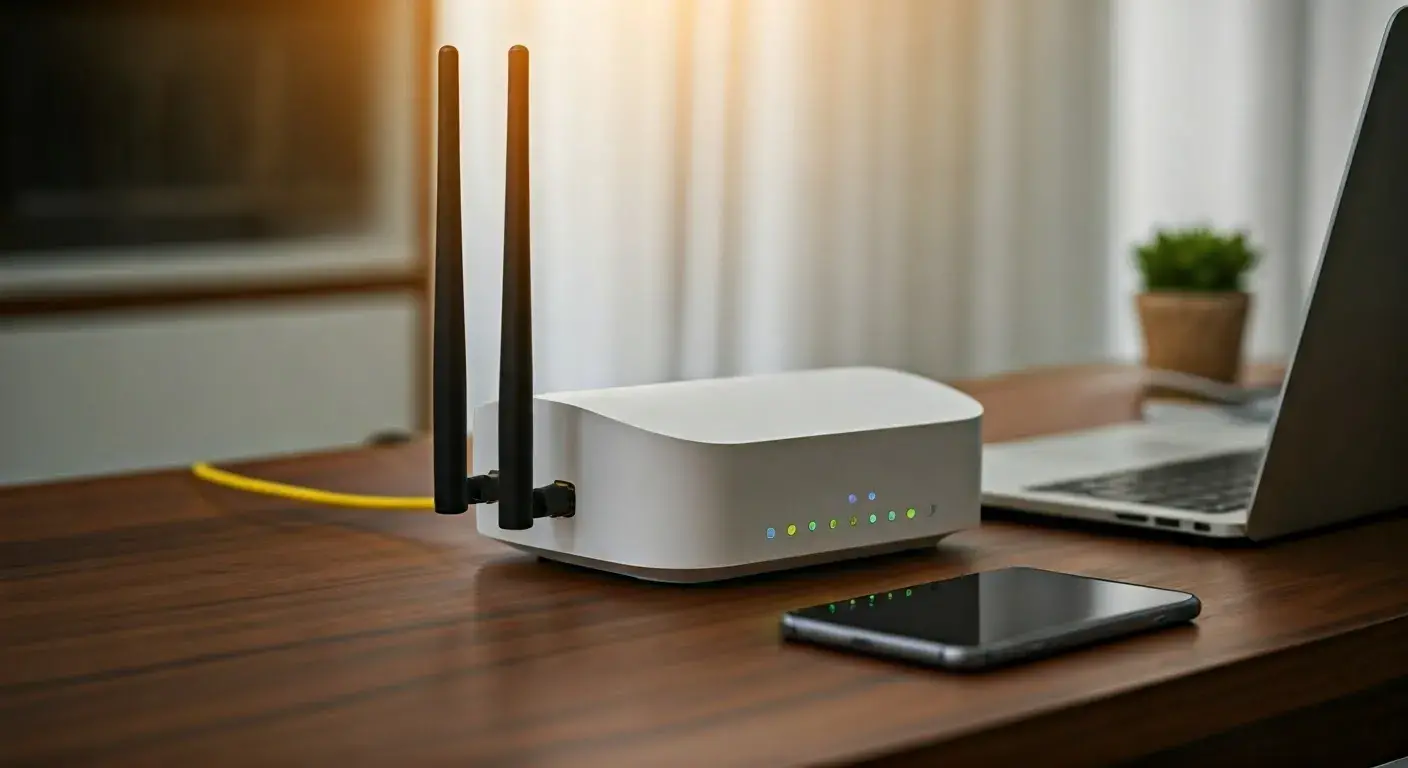Does fiber have to be buried?

Fiber optic cables are the modern communication channels that play an important role in transmitting huge volumes of information at the speed of light. But should fiber optic cables be buried underground for protection, or can they be strung aerially on utility poles? Both parties have their merits.
The Case for Burying Fiber
The primary purpose why many telecom firms and municipalities prefer burying fiber optic cables is to safeguard them and enhance their dependability. Fiber optic cables are slender and delicate, some of which are only slightly thicker than human hair. If these cables are to be mounted overhead; they are visible and can be easily clipped or interfered with either by accident or design. A small scenario like a tree branch falling on an overhead cable poses a significant risk of disrupting connectivity.
Most accidental damage threats cannot reach the fiber optic lines as they are well protected through installation below the ground. Overhead lines are also vulnerable to climatic conditions such as ice storms, hurricanes, or tornadoes that can pull down poles or pull down overhead lines. Given that so many critical interconnections exist through fiber today, maintaining the lines dependable by burying them appears reasonable.
Secondly, some of the communities are also concerned with the aesthetic value of having overhead fiber lines. Tightly managing the cables and keeping them underground also contributes to the overall outlook and property value. Burying lines may also be required by ordinance in some historic areas where overhead utilities are desired to be minimized.
Underground installation also allows community poles and overhead lines to be free for any future requirements such as installation of new phone/cable/electricity or other overheads that may be required as the communities expand. Because there is little overhead space in many cases, placing fiber below the ground creates more room.
The aerial fiber lines case
Some points are arguing for aerial installation also: Burying fiber lines offers more protection, reliability, and aesthetics, but many practitioners, especially in the US, support aerial installation, citing some advantages.
The first is cost. Fiber deployment above ground on utility poles is always cheaper compared to the process of excavating trenches and placing the lines underground in most cases. Underground construction and repair such as excavation, conduits, restoration, and other related works involve more equipment, materials, permits, and manpower. These costs naturally mount up very fast.
In this manner, many telecom companies assess whether the extra reliability is justified by the significantly higher cost of making these lines underground. In some cases, the long-term advantage of underground lines might be rather negligible, which does not compensate for the significant costs.
Aerial lines can also have reliability benefits. Even though overhead fiber is exposed to storms and natural damages and risks, underground lines are open to unintentional digging or damage from future expansions and constructions. A backhoe can easily sever fiber lines which are located several meters away from the overhead poles. Furthermore, with overhead lines, damage could be easily observed and identified for quick fixes as this is seen to be an advantage. Burying the lines may sometimes make it take longer to identify any problem and to repair the lines.
Aerial fiber is much faster and less invasive to lay since it does not rely on such large-scale projects as the ones used for underground cavities for conduit and line installation. This also makes growth and increments in the capability of the aerial fiber easier. Temporary outages and rerouting data traffic on overhead lines also usually require less work during maintenance or repair.
Areas of concern when it comes to the installation of fiber line
Like with most major infrastructures, there are merits and demerits for burying or not burying fiber optic cable. It is also important to understand that there are legitimate reliability, aesthetic, and capacity concerns that vary from one community to another.
In real-life scenarios, both underground and overhead installations are used with equal chances of occurrence. Fiber backbones along the more significant routes may be buried conduits, while the last mile lines to individual buildings or cell towers may still be aerial. It also makes economic sense to use the existing infrastructure, such as poles or ducts, where they already exist. New greenfield projects might also have different priorities and expenditures when it comes to investing in underground lines versus existing areas.
Thus, several conditions determine each community’s decision as to whether to suffer from having fiber optic cables hung overhead or incur extra costs and difficulties of having lines buried. Correct planning and adequate early vision of fiber networks can allow the network architects to brainstorm and design functional and effective fiber networks in the present day while keeping in mind the future, re-utilizing both installation techniques. Regardless of the final status of cabling and wiring, either laying underground or hanging on poles, fiber functions as a primary mediator linking homes, businesses, mobile networks, and socioeconomic changes.
Which will meet the 1000 words of content on the topic, “Does fiber have to be buried?” If there is anything you would like me to change or add, kindly please let me know!
Upgrade to faster, more reliable AT&T Fiber Internet today! Call us at +1 844-905-5002 and get connected with speeds that keep you ahead.





